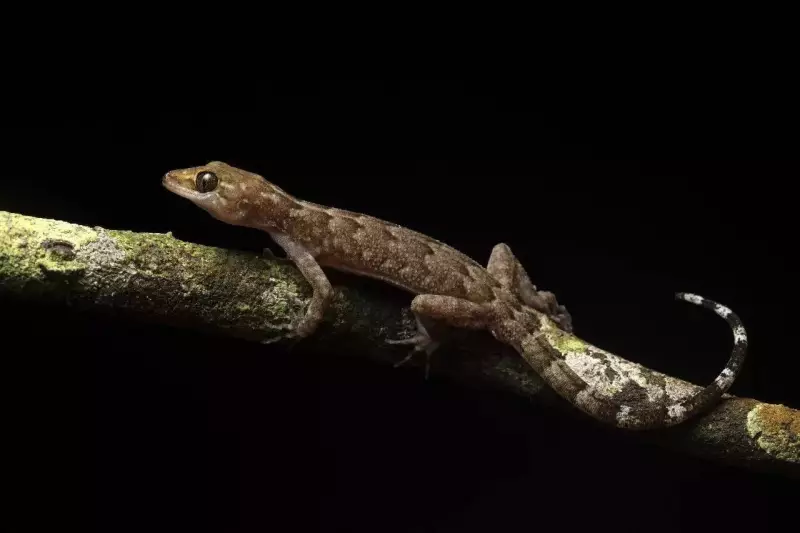
In a remarkable discovery that reveals nature's hidden wonders, researchers have uncovered a thriving aquatic world concealed beneath the iconic grasslands of Kaziranga National Park and Tiger Reserve (KNPTR). This underground ecosystem serves as a critical lifeline for the park's diverse wildlife, particularly during dry seasons when surface water becomes scarce.
The Hidden Water Network
A comprehensive report based on extensive field studies has revealed that KNPTR's grassland areas maintain permanent to semi-permanent water systems just below the surface. These aquatic habitats support an incredible diversity of life, from microscopic organisms to larger aquatic species that form the foundation of the park's food chain.
This discovery challenges conventional understanding of grassland ecosystems, showing they're not just terrestrial environments but complex, water-supported biomes that play a vital role in maintaining the park's ecological balance.
Ecological Significance
The hidden aquatic world provides numerous ecological benefits:
- Year-round water source for herbivores and predators alike
- Breeding grounds for aquatic and semi-aquatic species
- Natural water filtration system maintaining water quality
- Climate resilience during drought periods
- Support for endangered species including the one-horned rhinoceros
Conservation Implications
This groundbreaking finding has significant implications for conservation strategies in Kaziranga. The report emphasizes that protecting these grassland areas is no longer just about preserving terrestrial habitats but safeguarding crucial aquatic ecosystems that sustain the entire park's wildlife population.
The study highlights how these hidden water systems contribute to Kaziranga's status as one of India's most successful conservation stories, supporting the world's largest population of one-horned rhinoceroses along with numerous tigers, elephants, and water buffaloes.
Future Protection Measures
Conservation experts now recommend enhanced protection for these grassland water systems, including:
- Regular monitoring of groundwater levels and quality
- Restricted human activity in sensitive grassland areas
- Scientific management of water flow patterns
- Community awareness programs about the ecosystem's importance
- Integration of these findings into long-term conservation plans
This discovery not only deepens our understanding of Kaziranga's complex ecology but also reinforces the importance of preserving these unique grassland habitats for future generations.





